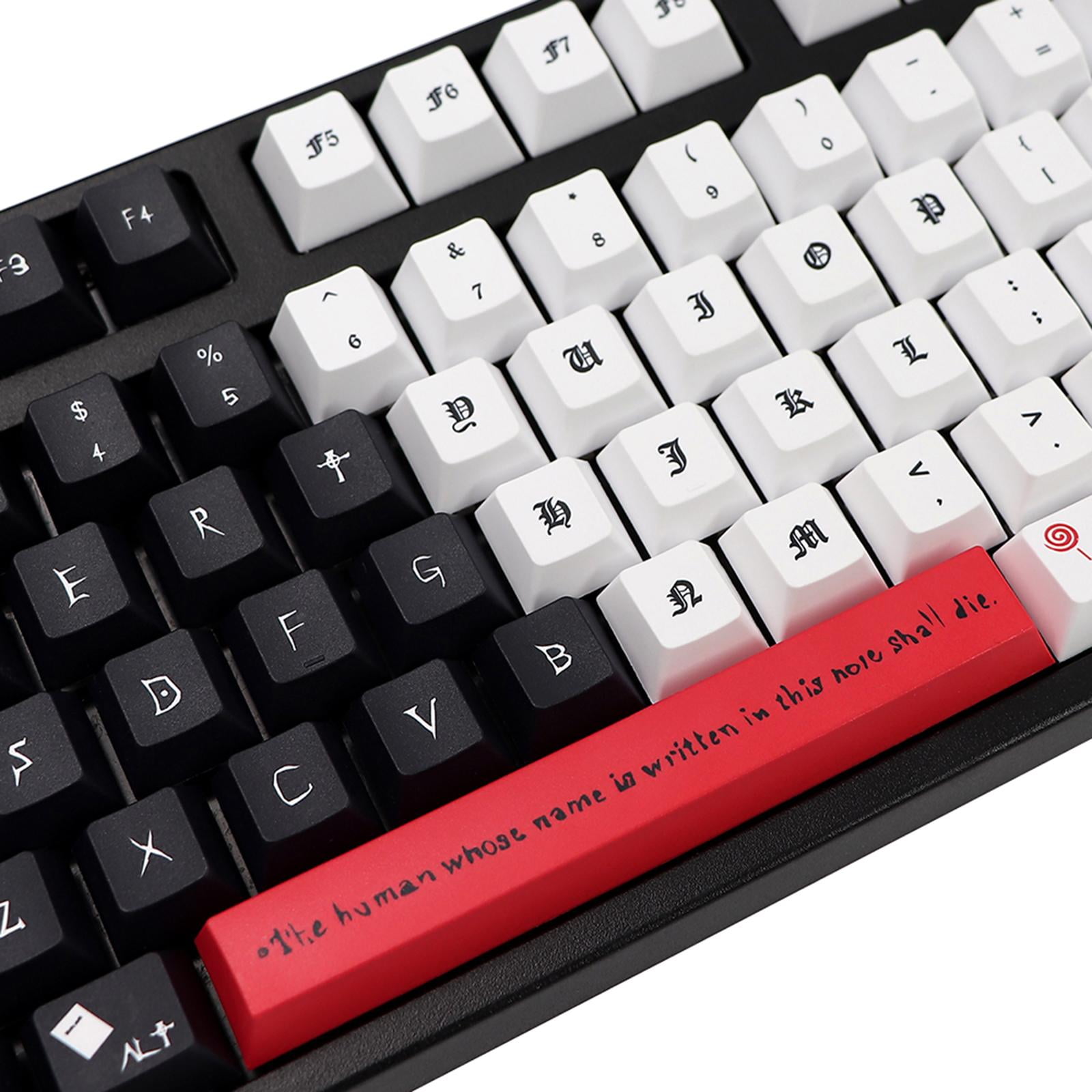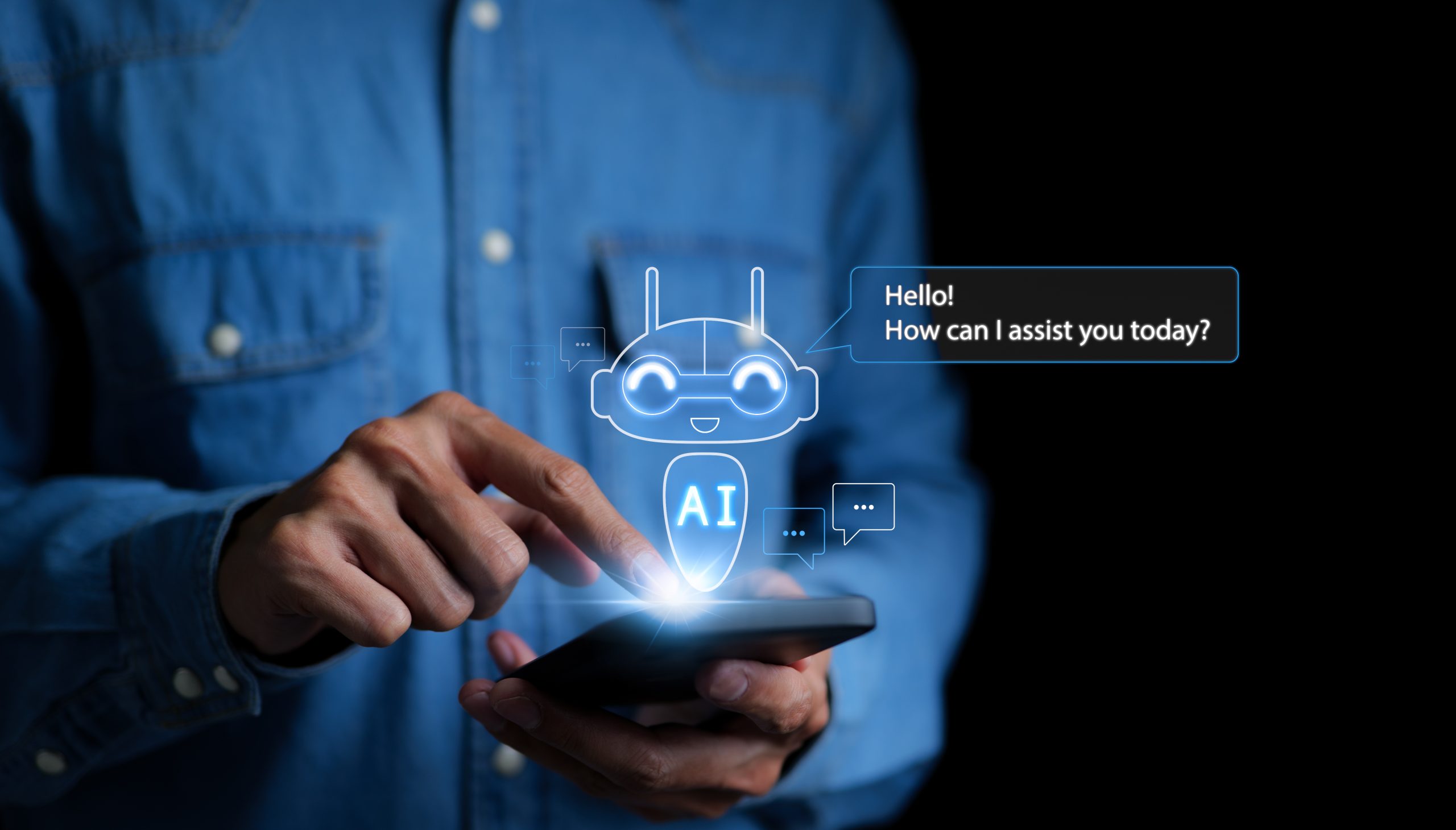The Death of the Keyboard

For over 150 years, the keyboard has been humanity’s primary tool for communicating with machines. From typewriters to modern laptops, rows of QWERTY keys have shaped how we write, code, chat, and search. But as technology evolves at breakneck speed, one question looms larger with each innovation: Is the keyboard dying?
A Brief History of Keyboards
The modern keyboard is a direct descendant of the mechanical typewriter, patented in the 19th century. The QWERTY layout was designed not for speed, but to prevent jamming of early typewriter mechanisms. Despite massive leaps in hardware and software, this layout has stubbornly persisted, becoming the default interface between humans and machines.
The Rise of Alternatives
Today, the keyboard is no longer alone. A growing range of input methods threatens its long reign:
1. Voice Interfaces
Voice assistants like Siri, Alexa, and Google Assistant have brought natural language input to billions of users. Dictation software is rapidly improving, powered by AI models that understand not just words, but context, tone, and intent.
2. Touch and Gesture
Touchscreens have already reshaped how we interact with devices. Swiping, tapping, and pinching feel more intuitive than typing for many users. In parallel, gesture recognition—via cameras or wearables—enables control without contact.
3. Brain-Computer Interfaces (BCIs)
Perhaps the most radical shift comes from the inside: direct brain-to-device communication. Companies like Neuralink and Kernel are developing BCIs that could allow users to think commands into existence, bypassing physical input entirely.
4. Predictive and Autocomplete Systems
Machine learning has made typing faster even when keyboards are still used. Predictive typing, auto-correction, and even full-sentence suggestions reduce the number of keystrokes needed, gradually decoupling thought from typing.
The Benefits of Leaving the Keyboard Behind
- Accessibility: Voice and gesture inputs empower users with motor impairments or disabilities.
- Speed: Speaking or thinking is often faster than typing.
- Mobility: Interfaces like voice or gesture don’t require a flat surface or physical hardware.
- Multimodality: Combining inputs (e.g., speaking while pointing) offers more natural interaction.
The Challenges of a Post-Keyboard World
Despite the promise of these technologies, the keyboard remains stubbornly relevant. Why?
- Privacy: Speaking aloud isn’t always appropriate—or secure.
- Accuracy: Voice recognition still struggles with accents, background noise, or domain-specific terms.
- Habituation: Generations have grown up typing. Replacing muscle memory is no small feat.
- Precision: For coding, data entry, or detailed writing, keyboards offer unmatched control.
Hybrid Futures: Not Death, but Evolution
Rather than disappearing completely, the keyboard may simply evolve into a component of more flexible input ecosystems. Imagine working on a document where:
- You speak the structure aloud,
- Type in fine details on a minimal, context-aware keyboard,
- Use gestures to rearrange content spatially,
- And rely on AI to polish grammar or formatting.
In this future, the keyboard doesn’t die—it becomes a partner, not the master.
Conclusion: The Keyboard’s Lasting Legacy
Declaring the death of the keyboard may be premature. But its monopoly is certainly over. In the years ahead, input will become more contextual, multimodal, and human-centric.
The real question is not whether the keyboard will vanish, but whether we’re ready to let go of the idea that it’s the only way to be productive. As we move forward, one key at a time, we may discover that typing was only ever one dialect of a much larger digital language.



